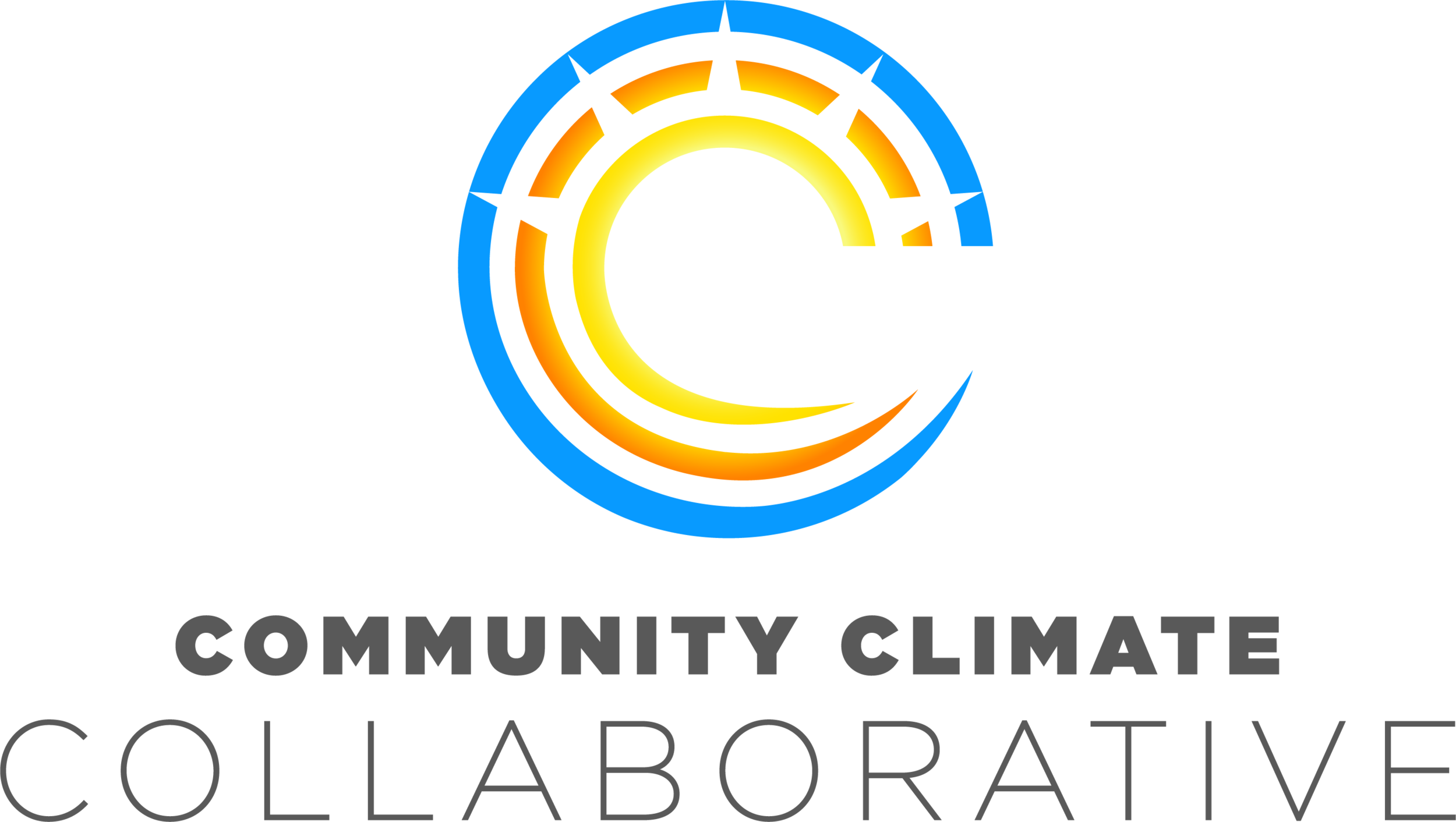Following in His Footsteps: A Conversation with Farmer Rich
Learn to do common things uncommonly well; we must always keep in mind that anything that helps fill the dinner pail is valuable. -George Washington Carver
When people think about George Washington Carver, they think about science and peanuts, but there is so much more to his story. He was using organic farming practices long before the modern movement. Check out this article posted by Cultivate Charlottesville titled The land-healing work of George Washington Carver. One of Cultivate’s Program Directors is following in Carver’s footsteps.
I had the pleasure of getting to know this pillar of our community who is doing more for the climate that we realize. His name is Richard Morris, but you can call him Farmer Rich. Have you heard of the Urban Agriculture Collective? Well, let me give you a quick overview of how they not only make a big impact in our community, but they are making a pretty big impact on climate.
The Urban Agricultural Collective is building food equity by working with local public housing residents to grow fresh food. They currently are running six gardens in low wealth neighborhoods. They grow around 10,000 lbs. of produce per year, but have grown as much as 17,000 lbs. of produce per year, which is shared, at no cost, with hundreds of local families experiencing food insecurity. This magnificent work is all done by the phenomenal Farmer Rich, Farm and Foodroots Director of the Urban Agriculture Collective.
During our conversation, I got to know about Farmer Rich’s upbringing and just how he became the amazing farmer that he is today. Here is what he shared with me:
How did you get involved in Farming and Food Justice?
“I grew up in a working class neighborhood and gardens were very popular back then. There was pretty much a garden at every other house on the block.” In his community they lived by the “Village Model” where food sharing was something that they did often. This led him to later on realizing the importance of land and land ownership. The use of land in meaningful ways. Ways, such as the village model, that rely on community volunteers to assist in the gardens and sharing within the communities.
Tell me about the exciting wok that you are doing to advance climate solutions?
“I practice sustainable urban agriculture. I don’t use any pesticides or herbicides. I capture rainwater for reuse. I am also moving away from tilling, which releases carbon into the atmosphere. I believe in ‘grow what you can’ and ‘don’t grow what you can’t’. It’s important to grow what works for your environment.”
What are you hopeful about right now?
“I’m hopeful about redevelopment for public and subsidized housing. With that happening in our community, we are losing growing space, so we are currently pushing policy changes and trying to get the City to support urban agriculture.”
What is one thing that you think might be holding the state and/or local community back from greater progress in implementing climate solutions?
“It is hard to get people to change their behavior and it’s even harder to change systems. We must paint a better picture to get people to understand. It’s kinda like the saying ‘you don’t know what you have until it’s gone’.”
What climate action, personally or professionally, are you most proud of?
“The way I manage my garden. I am doing very-to-little tilling and hope to be able to do no tilling one day. I do heavy composting including putting leaves and straw down in the off season.”
What is one thing that we can do today to act on climate solutions?
“I urge people to volunteer in gardens and/or outside. Support community gardens. Support Black and Brown farmers.”
This is challenging work. What is your favorite way to recharge and rejuvenate?
“I am an artist. I love to paint!”
How would you like to see C3 collaborate in what you are doing for the community?
“You all could serve as a resource. Audit our work around carbon reduction. Help start the conversations. Have a Community Partnership and pop-up shops in local neighborhoods.”
I’ve learned so much from Farmer Rich and I’m fortunate to have had the opportunity to discuss so many different ideas with him. I look forward to partnering together for the sake of food justice and climate action. Stay tuned for more of C3’s presence in your local neighborhoods and throughout our local school system.


